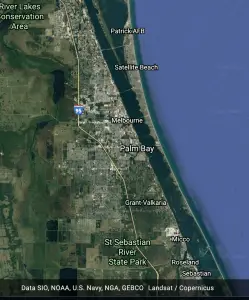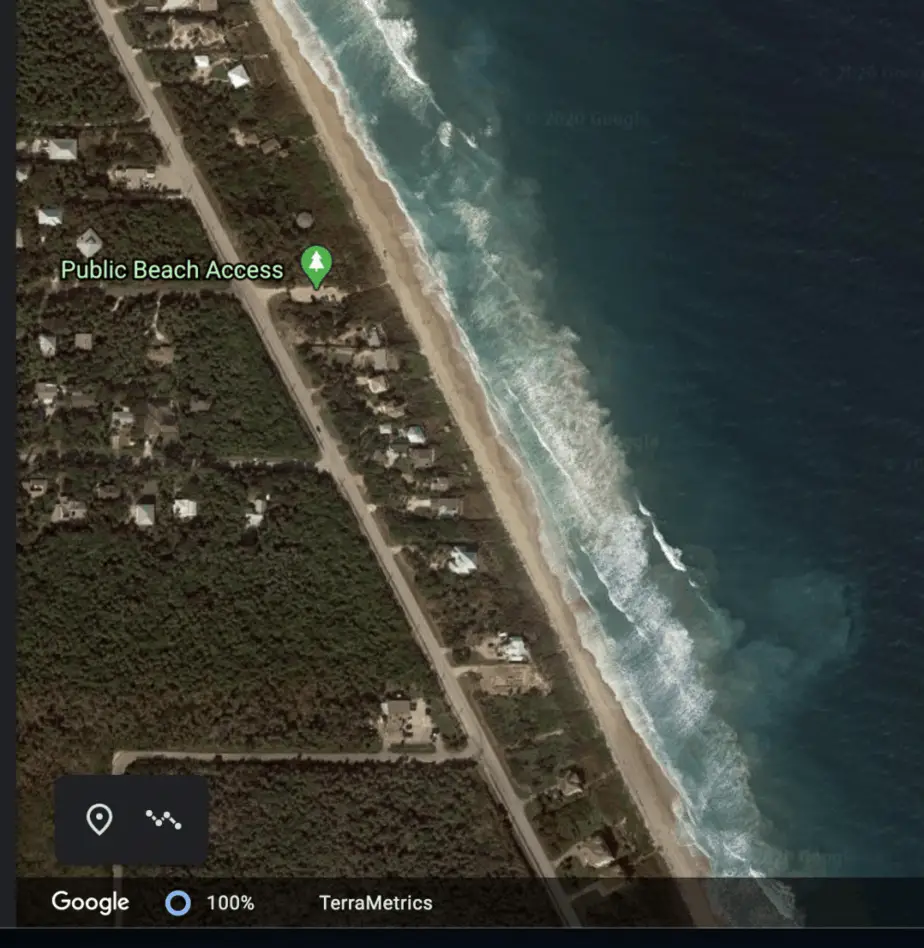How to build up Surf Fishing spots
Having the proper bait and tackle are certainly important and a key factors in their success. However, the perfect selection of bait and tackle will get you nowhere if you aren’t fishing the right spots at the right time. Building up your set of reliable fishing spots may be time consuming but is extremely rewarding when you have the confidence you can go out and have a successful day on the water. Follow the these steps and follow along to start plotting your attack today.
- Pick up a good fishing logbook/journal
- Gather intel through friends, family, and social media
- Identify your fishing region
- Pick a set of small beaches within your region
- Find your prospective fishing spots by reading the beach
- Log your results
Pro Tip: Getting to know the folks at your local bait shop is a huge benefit to getting the inside scoop on local spots. I have learned that if you support your local bait shops and they will support you. Shop local and ask for any “good spot” tips at the cash register.
Pick up a Fishing Logbook/Journal
Pausing for a moment to take in the scenery and writing down what you are seeing not only provides useful data but also helps you better appreciate your surroundings and the experience of the moment. Furthermore the act of journaling can in a way be therapeutic in and of itself. Personally, I am a bit of a sucker for good looking notebooks and enjoy designing my own layout. Whatever your motivation is, here are a few of my personal recommendations for collecting your fishing data. Be sure to pair these with a good weatherproof pen such as the Fisher Space Pen Bullet Space Pen.
Gather Intel
People love sharing their successes on social media. As they say, “pictures or it didn't happen”. I find that many anglers who frequently share pictures of their success on social media such as Facebook are also happy to provide general areas where they fished. Skimming through posts to research where people are catching fish is pretty much step one for me when deciding where to investigate further. If they didn't provide any location information there is no harm in asking, just don't get greedy and expect them to provide the exact locations of their spots. Typically you will get information like “North of XYZ beach” or “just past ABC Inlet” which is plenty to get you started. Also be sure to take not of any specifics that is being offered as well such as bait selection, time of day, and surf conditions.
Plan your attack
Pick a stretch of beach to explore
With some generic information in hand, it is time to start plotting out your attack. Using social media sources, forums, and local bait shop intel you should have enough information to select the outer bounds of your fishing region. This region can be a pretty large stretch of land (upwards of 30 miles). In selecting this region I also take into consideration key aspects such as beach access availability, travel tolerance distance, and population with the primary constraints being travel distance. We will hone in on specific beaches within this region and specific spots through this process.

Example: Based on my local sources, mainly the Facebook group Brevard County Fishing Report, I have gathered that Pompano bite has been hot this month North of Sebastian Inlet all the way up past Cocoa. Because I don't like to go too far up in Cocoa, mostly due to beach population, I decided to pick the general area from Patrick Air Force Base to the north side of Sebastian inlet. I have decided I am going to work this large strip of beach as my general region where I will be building my spots within.
Pick specific beaches (Before leaving the house)
Now that we know the general stretch we are going to consider, it is time to zoom in and pick out some specific beaches. During this portion of planning I am looking for key features using a satellite imagery application such as Google Earth. I start by zooming in on a small stretch of beach near one of the outer bounds of my region and working towards the other. While zoomed in I look for features such as sand bars, holes, troughs, points, and other structure. When I see something I like, I mark it on my map and note it in my journal.

I use an iterative process by moving to the opposite boundary and repeating the search process to build my beaches from the exterior of my region inward. This approach gives an equal set of beaches to select from based on day-of intel. If I hear fish are biting up north, I will target a northern beach on fishing day. If they are biting down south, so I will go. Somewhere in between? Got that covered too.
Pick your spot
survey the beach
On the day of your fishing trip (or before if you can) it is important to read the beach to find your spot. There are many articles out there that explains how to survey the beach to pick the best spot. In general you are looking for holes, sandbars, structure, or anything else that fish would congregate around. For best results, I like to get out at dead low tide and survey the area before setting up camp. If you were unable to time the tide right, that is ok. Reading the surf will give you a good idea of where the sandbars are and where any potential holes might be.
Fish!
Now that we are at the spot, it is time to fish! Cast a few lines out see what comes up. If you aren't successful at first don't give up. Just like selecting the beaches in our region, we should iterate to find a set of good spots along a beach. The important thing is to explore, experiment, and always log your results. Before long you will be a master of your region and will know exactly the spots to fish based on scientific approach and data. If you're confident you have a good spot, but you're still not catching fish, take some tips from our article How to Improve Your Fishing Skills.
Tight Lines Y'all
Recent Posts
Fat Cow Jig Strips: The Ultimate Bucktail Jig Upgrade for Surf Fishing
As discussed in my previous article, "Surf Fishing with Bucktail Jigs: Ultimate Guide for Beach Anglers," bucktail jigs are a staple in any surf angler's tackle box, offering a versatile way to catch...
In my previous article, "Surf Fishing with Bucktail Jigs: Ultimate Guide for Beach Anglers," I introduced you to the bucktail jig and discussed how versatile of a lure it is for catching a wide range...

